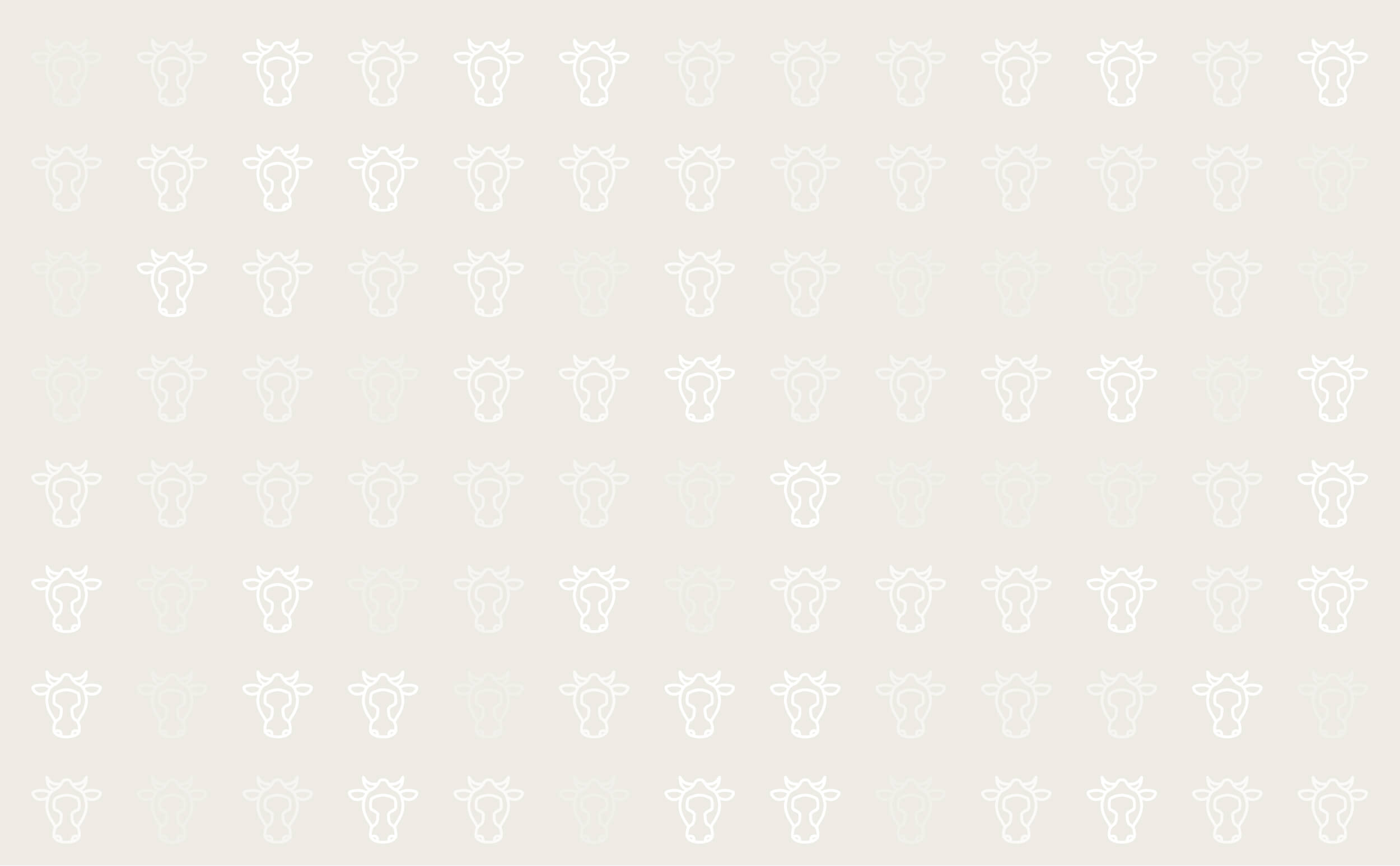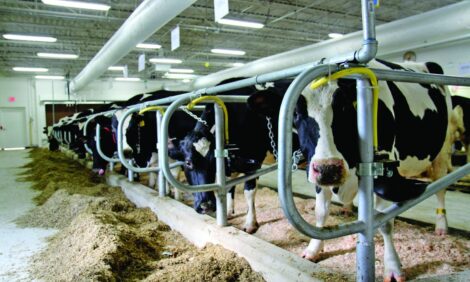



Immature Corn Can Provide Good Feed
Damaged corn could still be of value. Harvesting immature corn for silage or hay will provide a high protein animal feed.Whether it is down to late planting, drought, excess moisture and flooding or frost, immature corn will most likely be put to best use as silage or hay for cattle feed. Greg Lardy, extension beef cattle specialist, North Dakota State University has observed the best results is when corn is made into silage and stored in a bunker silo.
Mr Lardy warns that corn in drought areas will have high levels of nitrates, particularly in the stalk, cutting higher will avoid this, bale wrapping or ensiling will start fermentation and lower the concentrations of nitrate in the crop. Feed high in nitrates, if fed to animals could cause nitrate toxicity. Nitrate poisoning symptoms include increased pulse rate; heavy, quickened breathing; muscle tremors; weakness; staggered gait; blue mucous membranes and blindness. Should any of these symptoms occur, remove the animals from the feed and contact the veterinarian.
Immature corn silage will have a higher crude protein content and a lower energy content than normal corn silage. In addition, immature corn will have greater levels of moisture making ensiling more challenging. Although Mr Lardy recommends ensiling immature corn for the best results, there are other options to consider:
Green chopping
This method is not recommended in drought conditions due to the potentially high levels of nitrates. This would involve either grazing the crop or cutting it and immediately feeding it to animals. If drought-fed corn is fed green, extension specialist Lester Vough, South Dakota University Extension, recommends providing grain as a source of energy.
Baling
Baling for hay may in some cases be more practical than ensiling, for example if yields are small or if the use of corn harvesting equipment on short corn is difficult or too expensive. If nitrogen levels are low, it is better to bale the crop for hay, says Mr Vough . Studies have also shown that cutting with a mower, rather than a forage harvest result in higher yields. However, Mr Lardy does not recommend cutting the corn down and then baling it in a large bale format. He believes that corn is difficult to handle the corn in that manner and it is difficult to get the stalks to dry enough so they can be stored successfully in a large bale. If silage or earlage is not an option, the next best thing would be to graze, says Mr Lardy. Baling for hay does not reduce nitrate levels, if nitrogen levels are high bales should be cut and wrapped as balage to allow fermentation to lower nitrate levels.
Ensiling
Fermentation will dissipate up to two thirds of the nitrate accumulated in the plant. Optimum moisture is 60-65 per cent, the minimum for high nitrate level crop is 55 per cent. Higher than 70 per cent moisture will result in reduced dry matter intake per animal through poor feed quality and palatability, says Joel Bagg, Forage Specialist, resulting in lower weight gain or reduced milk yieldsDue to the high moisture content of immature corn, seepage can occur. Ideally, moisture content of the forages going into the silo should be sufficiently low to prevent seepage loss, say experts from the University of Missouri Extension.
Earlage
Producing a higher energy feed, earlage involves removing the grain, husk and cob from the plant and leaving the rest in the field.The operation is accomplished by using a snapper head on a forage harvester. An all crop header can also be used, in which case you would take the upper third of the plant that would include the ear. However, using the latter method will result in a product that is a little lower in energy per pound of feed, since more of the plant material is included.
The earlage method is especially attractive if you need to haul the feed a long distance, since it involves transporting less material that has a higher nutrient concentration. Earlage is harvested at around 35 to 40 per cent moisture and is stored in a bunker silo using the same methods as would be done for regular corn silage. Earlage can be fed as the sole source of grain in the backgrounding ration. In a stock cow diet it can serve as a grain supplement, if used in dairy feed rations a protein supplement would be required as it will contain only nine per cent protein.
Corn cob meal
Some combine manufacturers have ways of easily modifying the threshing area so the grain and cobs are saved as the plants go through the machine, resulting in a mixture of corn grain and cob meal.
Feeding value
How much corn grain does the feed contain? The more grain in the feed, the more energy the feed will have. Therefore the more immature the crop was, the less energy it will contain but there will be high levels of protein.
While harvesting immature corn, proper silage management practices should be applied so that forage quality and animal performance are not compromised, says Mr Bagg.


